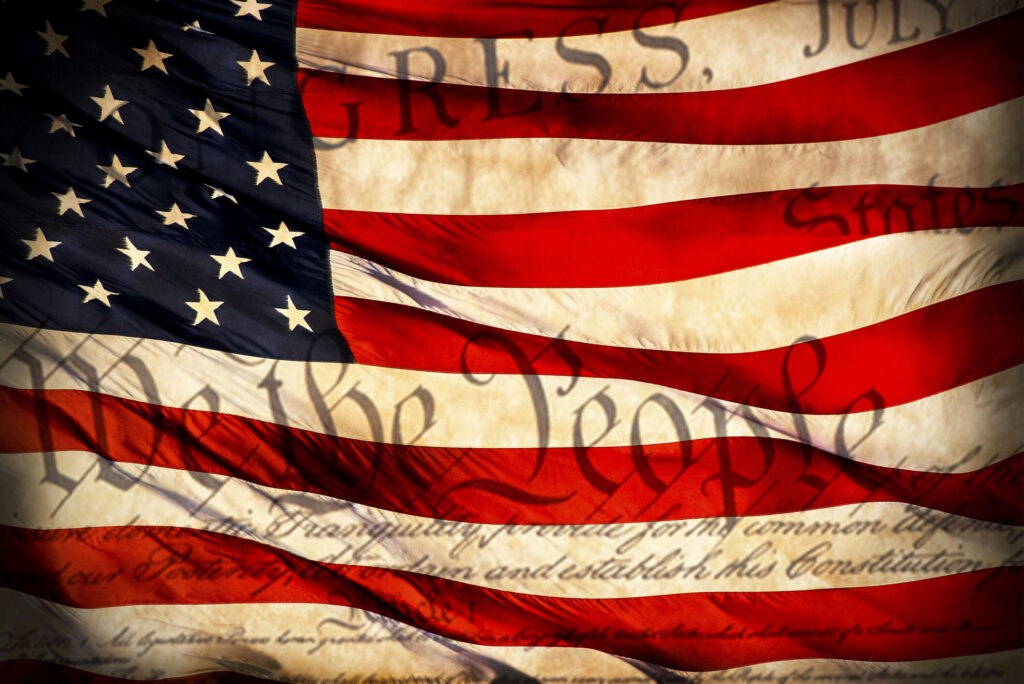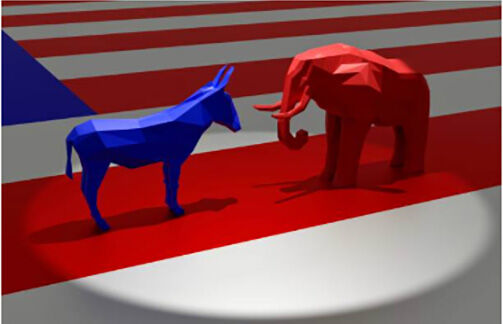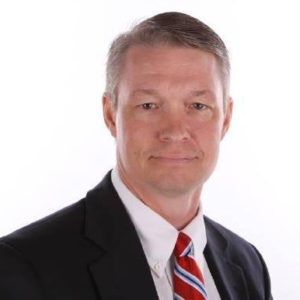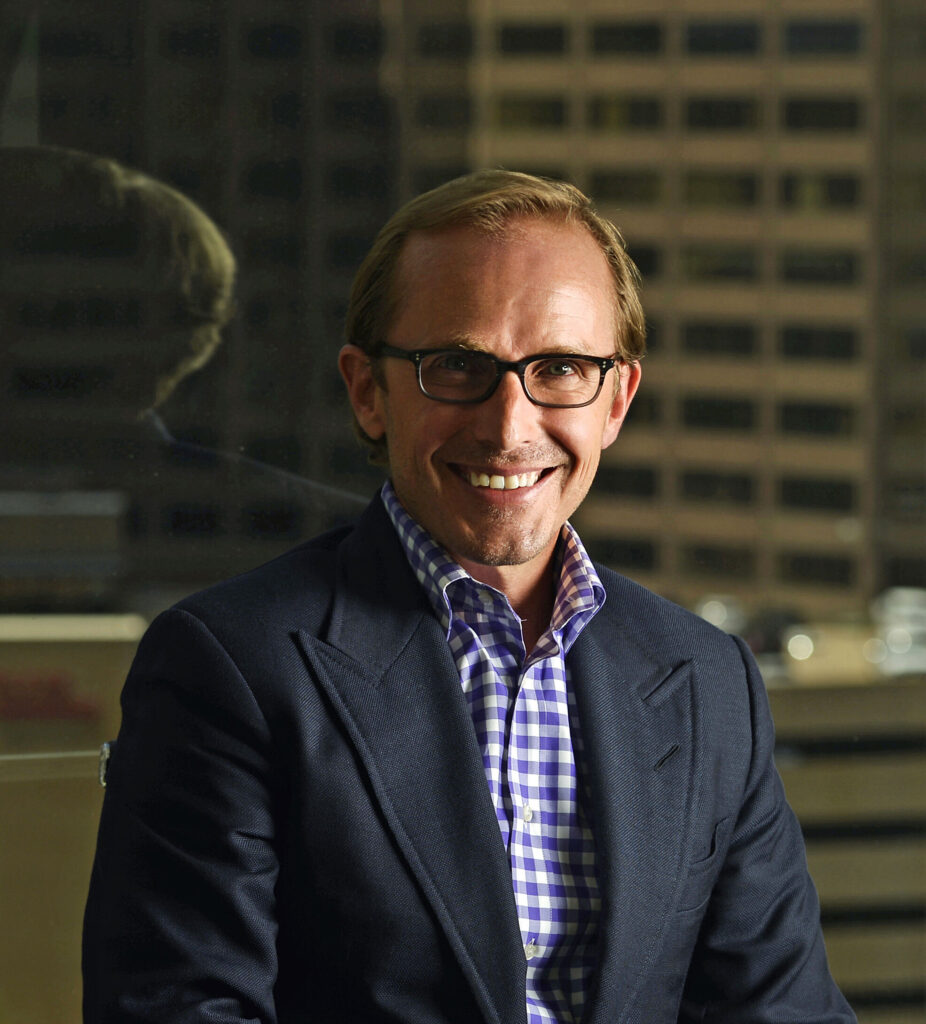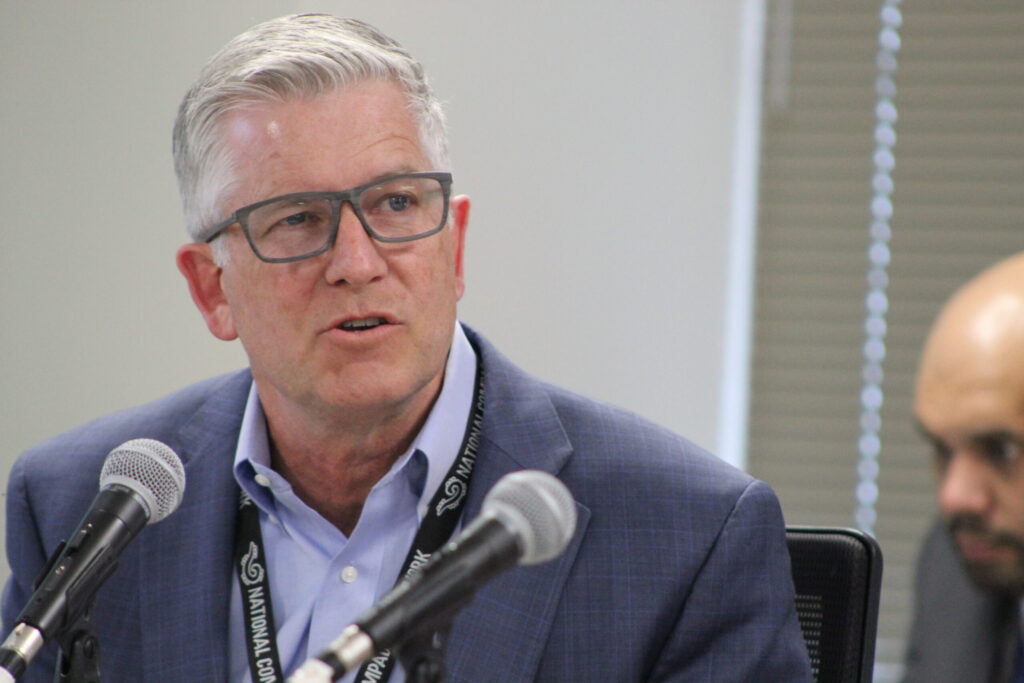Recollections and reflections — on assassinations | HUDSON

Since I was a teenager, I’ve been an early riser. In college I would sign-up for the 7:00 AM labs and, as much as possible, schedule all my classes before noon. Thus, as a freshman at the University of Maryland, I was reading a textbook the afternoon of November 22, 1963, in my third-floor dorm room when someone came running down the hallway pounding on doors and yelling “President Kennedy’s been shot in Dallas!” The only television in our building was in a ‘common room’ located in the basement. I arrived there before Walter Cronkite announced the President had died. Newscasters were still saying the President had been rushed to the hospital with a gunshot wound. Intuition told us John Kennedy had been killed.
Maryland’s College Park campus is a beautiful University that normally bustled with 35,000 students. All buildings were red brick Georgian structures, the campus is crisscrossed with cement pathways. For the remainder of the day, students clumped along them in small groups, many weeping, in a state of stunned disbelief. We were young. Our President was young. America was the most prosperous and powerful nation in the world. A promising future felt threatened by unknown forces. A few days later we would watch Jack Ruby — a sleazy Dallas night club operator — gun down the alleged assassin, Lee Harvey Oswald, live during the evening news. It doesn’t get any crazier than that. Oswald had a Russian wife he met while living in Moscow and had also lived recently in Castro’s Cuba.
On April 4, 1968, I was working for The Chesapeake & Potomac Telephone Company as an AT&T management intern in Washington, D.C. My internship with a Department of Defense contractor afforded me a one year’s draft deferment. Following the Tet offensive in January, I realized I would be draft eligible again in June and had scurried to take the U. S. Naval Officer Candidate School exam. This evening, my test center employees threw a “going away” party before I reported to Newport, Rhode Island, on April 20th. The next day would be my last day at work before two weeks of vacation. We drank beer, danced, laughed and I received a large Buck knife as a departure gift. Although half those in attendance were African-American, none of us were aware Martin Luther King had been assassinated in Memphis until the following morning.
It rained heavily in Washington that night, so rioting did not erupt until the following morning. As I drove to work, I noticed knots of agitated young black men splashing through puddles on the sidewalks. I sensed something was amiss but remained mystified since I rarely saw anyone out and about at 6:30 AM. Arriving at the garage I quickly learned what had transpired. It would be 6 days before I left the Dupont switch center at 14th & R Streets in an armored cable van. Rioting expanded throughout the day, followed by widespread looting and arson. Views from atop our building unveiled a scene that looked much like the sporadic Russian bombing of Ukrainian cities. Plumes of smoke and flame everywhere. Firetrucks from as far away as Gettysburg, Pennsylvania, racing between one blaze and the next.
Directly across 14th Street, a lone white policeman directed liquor store looters to pull their cars onto the sidewalk for loading in order to keep traffic lanes open for emergency vehicles. A photo of the young cop waving 20-30 young black men and their cars off the street appeared in the Washington Post. Incensed readers demanded he be fired. Before departing for OCS I wrote a letter to the Post defending his decisions. He was making the best of an absolutely impossible situation. I never confirmed whether my letter was published, although someone must have seen it, as I had forwarded copies to the police chief and City Council. The officer was briefly suspended, but apparently was returned to duty a few weeks later. The riots themselves were not so much an expression of rage as they were a community celebration where residents exacted vengeance against those businesses they felt were exploiting them. Many storefronts remained untouched, including the phone company. I lost my vacation days working until 9:00 PM the evening prior to reporting for military duty.
Six weeks later, we assembled for morning formation in a chilly breeze off Narragansett bay, when I noticed the American flag was flying at half-mast. Once again, intuition prompted me to wonder whether someone else had been killed. At boot camp, trainees were cut off from contact with the outside world. No radios or TVs, and only occasional, scheduled brief phone calls to family or spouses. I ‘m doubtful the military can enforce this isolation today in a world of cellphones and internet newsfeeds. The initial announcement was that Bobby Kennedy had been assassinated the night before, June 6, 1968, in Los Angeles. I felt a gnawing emptiness in the pit of my stomach, troubled by worries about the country I was preparing to fight for in an unpopular war halfway round the world.
President Richard Nixon visited Canada for two days on April 14, 1972. He was greeted by the then Prime Minister, Pierre Trudeau, father of today’s PM, Justin Trudeau. My father was working in the U. S. Embassy in Ottawa late on the 12th or 13th and was the senior Foreign Service Officer in the building, as the Ambassador and others hurried to arrange for the Presidential visit. A young man named Arthur Bremer was referred to him from the entry desk. Bremer professed to be a huge Nixon fan who happened to be visiting Ottawa and asked for a detailed itinerary of the President’s planned appearances. My father, who periodically worked with intelligence agencies, sensed something suspicious about Bremer. He inquired where he was staying and promised to deliver a printed schedule as soon as it had been finalized. Instead, he dispatched the Royal Canadian Mountain Police to the hotel Elgin to lock Bremer up for the entirety of Nixon’s visit.
The RCMP found a gun and ammunition in Bremer’s room which provided a pretext for taking him into custody. A month later he would shoot and paralyze Presidential candidate George Wallace in Laurel, Maryland, the day before the Maryland Republican primary. The Canadians had released Bremer. He wore a garish red-white-and-blue outfit to the Wallace shooting. My Dad always wondered whether he shouldn’t have done more to alert the FBI. With the exception of Sirhan Sirhan, who murdered Bobby Kennedy, most Presidential assassins haven’t seem to have a specific political agenda, but were seeking some kind of personal notoriety and attention. The two women who took shots at Gerald Ford, as anodyne a President as we have had in the past half century, were apparently just nuts – one of them, Squeaky Frome, having been an acolyte of Charles Manson.
John Hinckley, who nearly killed Ronald Reagan, has spent most of his adult life in a mental institution. Indicators are that Donald Trump’s assailant will fall into this category of mentally deranged assailants. Within an hour social media was overflowing with conspiracy theories from both the right and left. Colorado’s own Lauren Boebert was demanding the arrest of Joe Biden for soliciting murder. More troubling is that historically assassinations have occurred in batches. God forbid this proves true in 2024.


